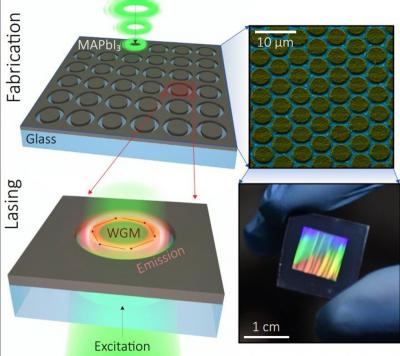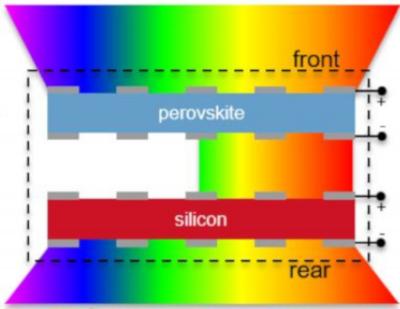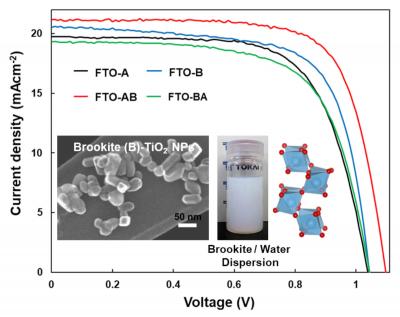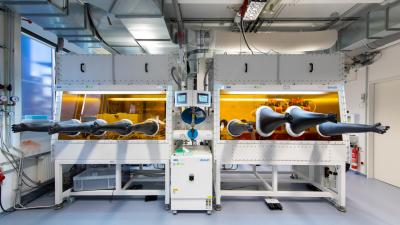Perovskite solar cells maintain stability in space conditions
Researchers from Peking University have conducted an experiment which is said to have demonstrated large-area perovskite solar cells are more stable 35 km up than at ground level. The researchers tested the stability of the devices by sending them to an altitude of 35 km above the Inner Mongolia autonomous region of China using an high-altitude balloon.
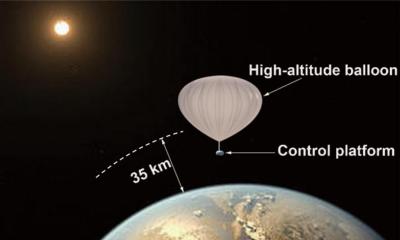
The cells, which had an active area of 1 cm2, were developed with a TiO2 mesoporous structure based on two mixed-cation perovskites, FA0.9Cs0.1PbI3 and FA0.81MA0.10Cs0.04PbI2.55Br0.40. 'Moreover, different kinds of perovskite photoactive absorbers with and without UV filters were investigated', the scientists said.
